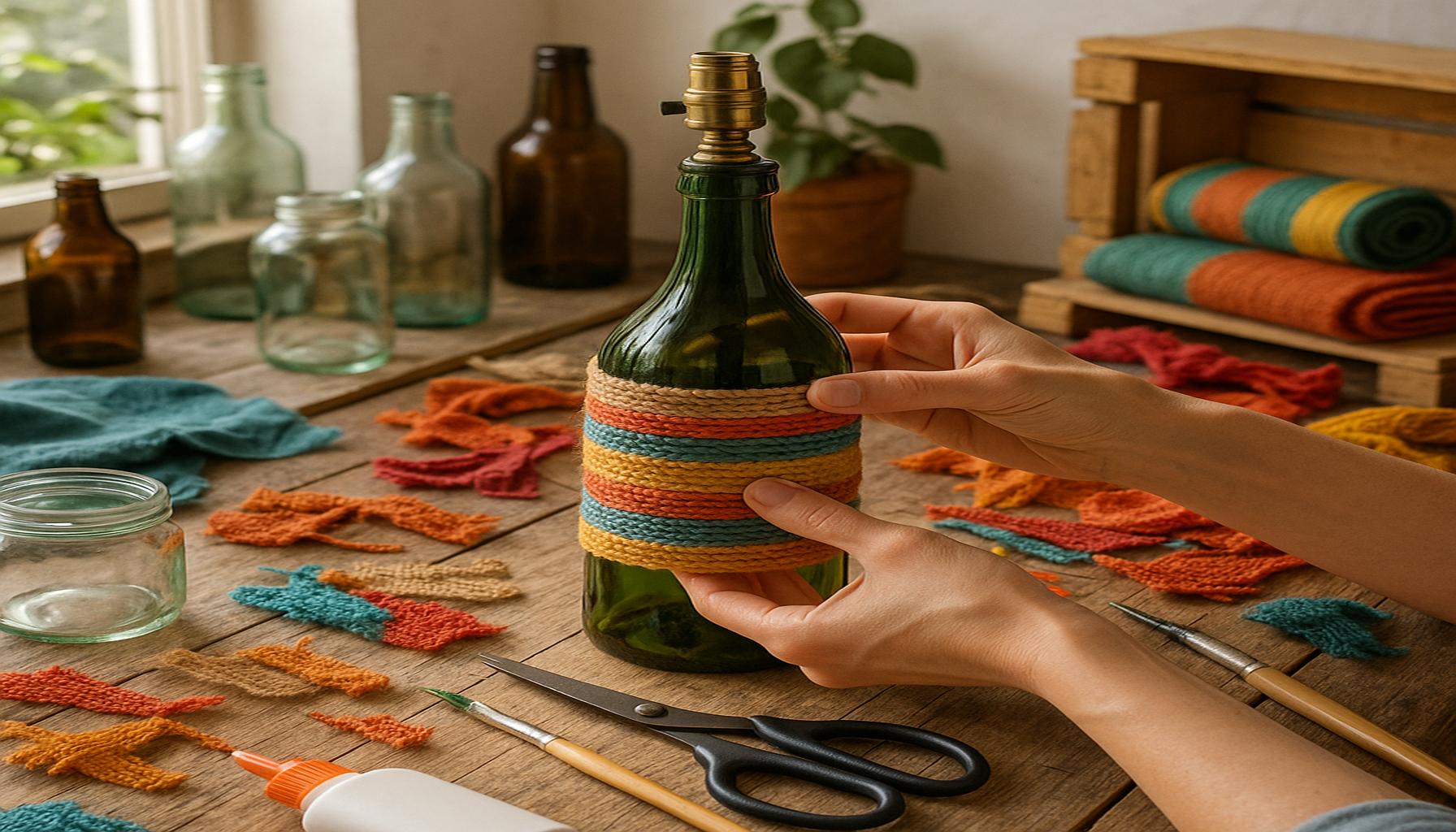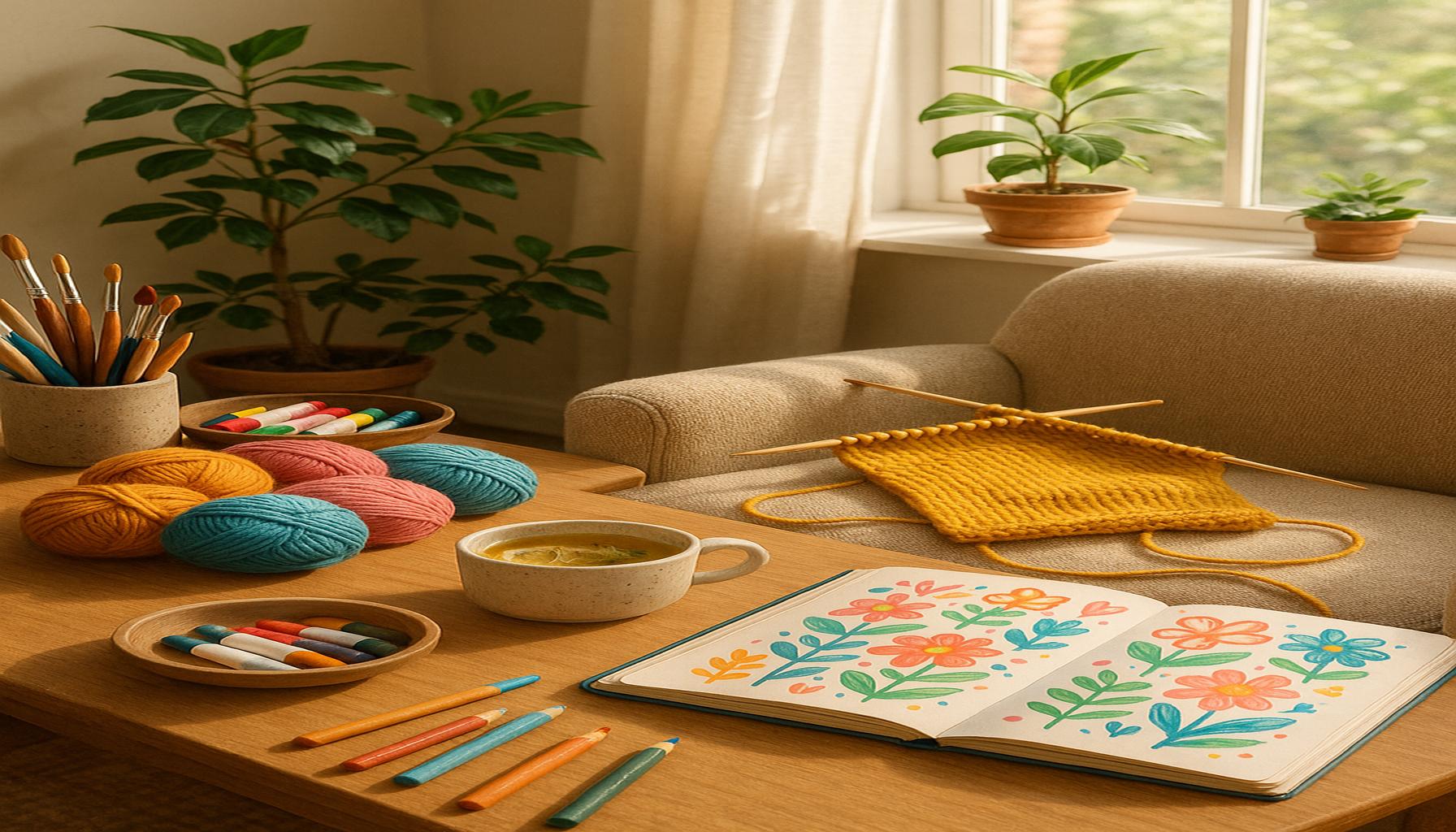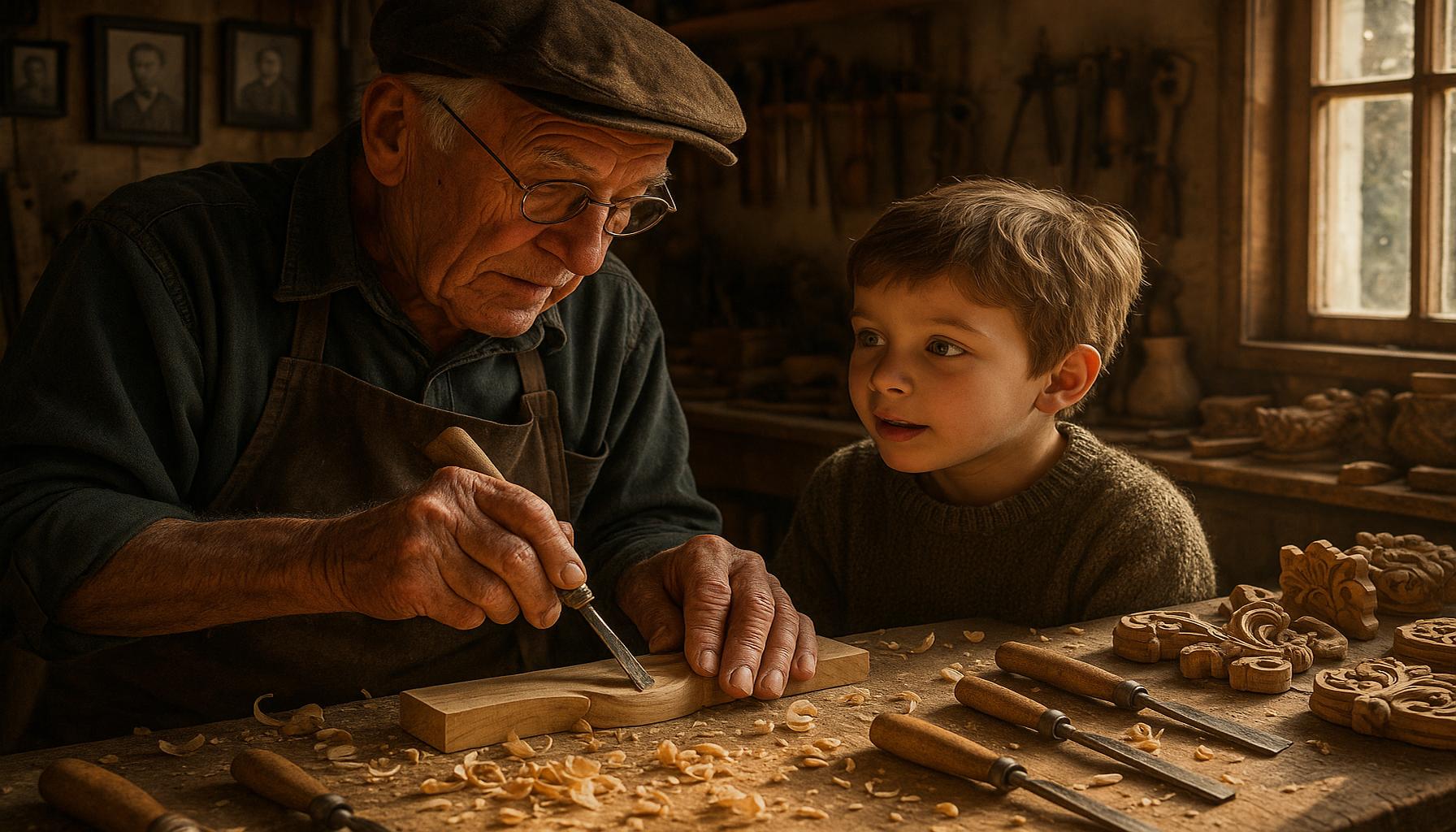The Impact of Crafting on Education: How Handmade Art Enriches Learning
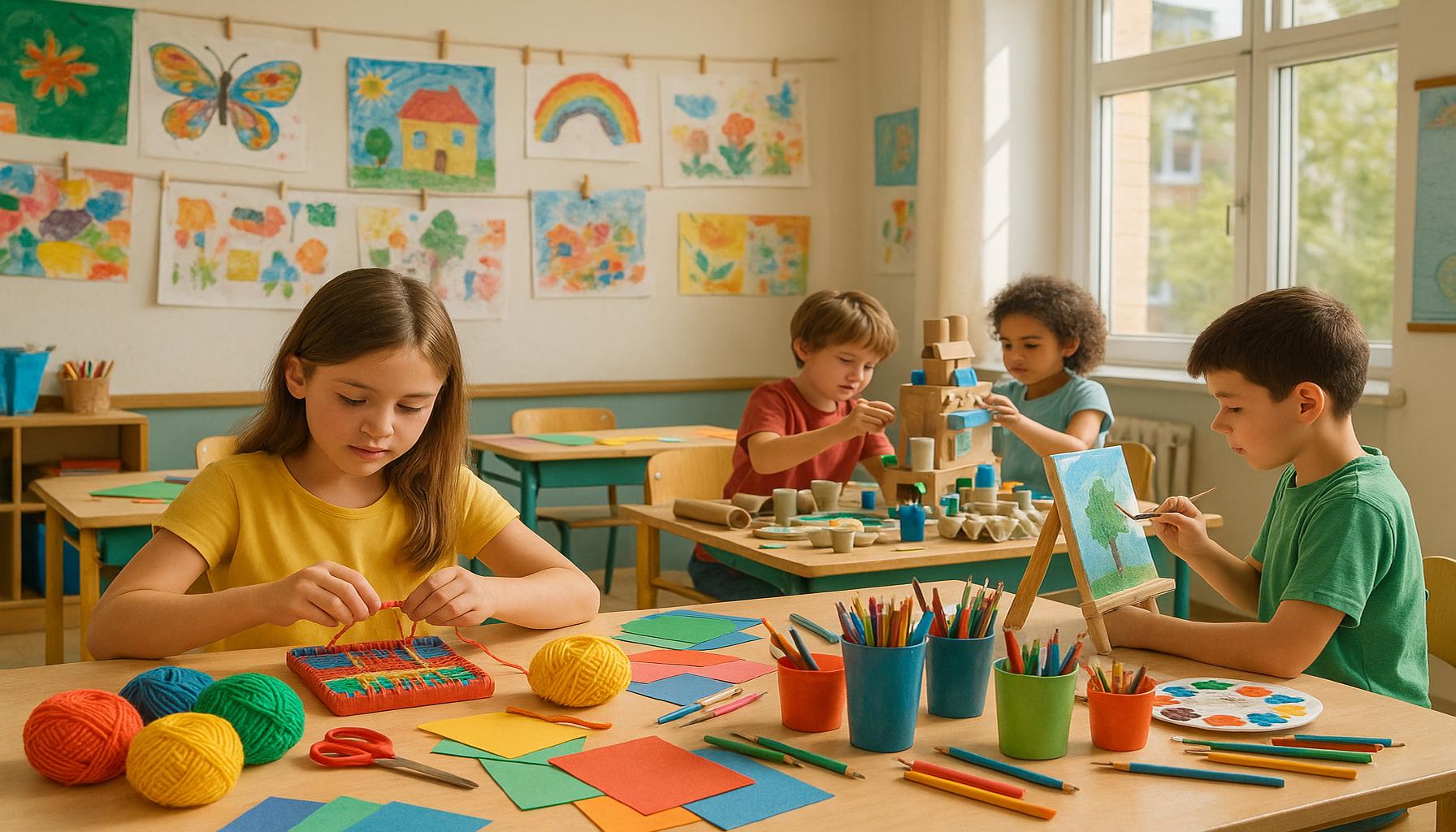
The Intriguing Synergy of Crafting and Learning
Crafting, often perceived merely as a leisure activity, possesses significant transformative potential when integrated into educational contexts. As educators strive for innovative methods to captivate and inspire students, handmade art has emerged as a compelling medium that enriches the learning experience. By incorporating crafting into curricula, educators can leverage the innate creativity of students while also addressing various developmental needs.
One of the most prominent advantages of integrating crafting into educational settings is the promotion of enhanced creativity. When students engage in creative projects, they are encouraged to think outside the box and articulate their ideas and emotions through tangible creations. This process not only nurtures artistic expression but also fosters critical thinking skills essential for problem-solving across various disciplines. For instance, a project that involves creating a model of a sustainable home allows students to explore environmental science concepts while honing their design and engineering skills.
Additionally, crafting positively impacts motor skills, crucial for academic success. Activities such as painting, sculpting, and sewing involve intricate hand movements that improve fine motor coordination. Research shows that children who participate in these hands-on activities experience a boost in dexterity, which directly translates to better performance in tasks like writing and typing. Programs that teach skills like embroidery or woodworking not only introduce students to practical trades but also enhance their academic capabilities.
Furthermore, the sense of accomplishment derived from completing a craft project often leads to heightened confidence levels among students. Achieving a tangible outcome fosters a feeling of success that can significantly bolster self-esteem and motivation in various subjects. For example, a student who struggles with mathematics may find newfound confidence when they successfully create a symmetrical piece of art, realizing their ability to understand and apply geometric concepts through crafting.
Across the United States, there is a growing recognition among educators of the importance of handmade art in creating dynamic classroom environments. From kindergarten through high school, programs integrating crafting show promising results in terms of student engagement, attendance, and collaboration. Schools like the Montpelier Elementary in Vermont have implemented arts integration initiatives that merge crafting with STEM education, showcasing how creativity can enhance technical subjects.
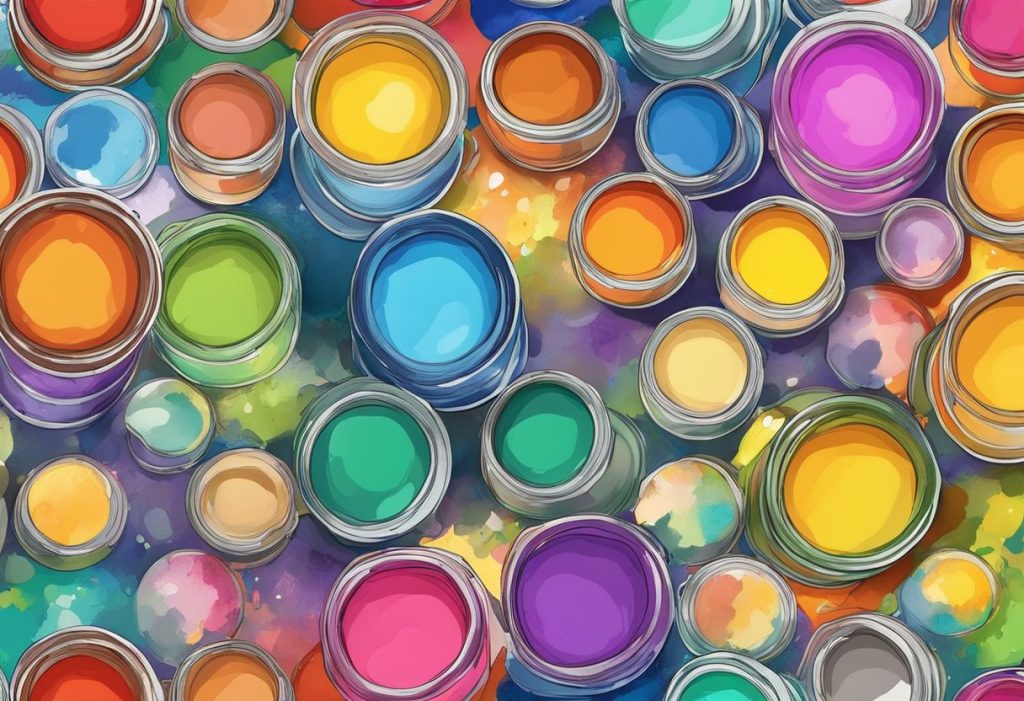
As we explore the multifaceted connections between crafting and learning, it becomes clear that the impact of handmade art transcends the classroom. Those engaged in crafting often develop essential life skills, such as patience, resilience, and teamwork, all of which are invaluable in today’s ever-evolving world. By further embracing these creative practices, educators can foster not only academic success but also a generation of innovative and adaptable thinkers who are prepared for future challenges.
DIVE DEEPER: Click here to discover more about the emotional journey of song creation
Unleashing Creativity: The Intersection of Crafting and Learning
As education continues to evolve in the 21st century, the integration of crafting into academic curricula has gained traction for its ability to foster not only creativity but also critical thinking and problem-solving skills. This hands-on approach goes beyond traditional teaching methods, engaging students through interactive experiences that ignite their imagination and provide practical applications of their knowledge.
At the heart of this educational trend is the recognition of how crafting enhances cognitive development. When students immerse themselves in creative projects, they are not merely creating art; they are engaging in a complex process that requires planning, decision-making, and execution. For example, a classroom project where students create their own neighborhood maps using recycled materials offers an engaging way to explore geography, community planning, and environmental sustainability. This multi-disciplinary approach solidifies concepts across different subjects while sharpening their analytical skills.
Moreover, crafting serves as a bridge that connects theoretical knowledge to real-world applications. It allows students to experiment hands-on, testing hypotheses and drawing conclusions that may not be achievable solely through textbook learning. Programs such as Project Make in various school districts have successfully incorporated crafting into their STEM (Science, Technology, Engineering, and Mathematics) initiatives, demonstrating how creative problem-solving can lead to innovative solutions in engineering challenges. By manipulating materials and tools, students harness technology in a way that is both engaging and educational.
Despite the clear benefits, it is essential to understand the broader implications of integrating crafting into education. Here are several key areas where handmade art makes a profound impact:
- Emotional Expression: Crafting provides an outlet for students to express their feelings and ideas. This is particularly significant for younger children or those facing challenges in verbal communication.
- Collaboration and Social Skills: Group projects that involve crafting require students to work together, fostering teamwork and communication skills vital for personal and academic growth.
- Increased Engagement: Crafting creates a dynamic classroom environment where students are motivated to participate and focus, often resulting in improved attendance and overall enthusiasm for learning.
- Multicultural Understanding: Exploring craft traditions from various cultures can enhance students’ appreciation for diversity, teaching them to respect different perspectives and histories.
Furthermore, when students tackle crafting projects, they learn the value of patience and persistence. Revamping a failed artwork or perfecting a crafted prototype teaches resilience and encourages the notion that mistakes are a part of the creative process. As schools begin to embrace these principles, students emerge with not only academic knowledge but also indispensable life skills that extend far beyond the classroom.
In the digital age, where technology often dominates learning, the tactile experience of crafting offers a refreshing counterbalance. It taps into the innate desire for exploration and creativity, making education not only more holistic but also richer and more enjoyable. The onus is on educators and institutions to recognize and harness these benefits, paving the way for a generation that values both artistic expression and academic achievement.
Crafting plays a significant role in shaping the educational experience, offering numerous advantages that extend beyond traditional learning frameworks. One of the most vital impacts of handmade art on education is its ability to foster creativity among students. By engaging in crafting activities, learners can express their thoughts and feelings in tangible forms. This expression not only aids in improving emotional intelligence but also cultivates a sense of personal identity. Furthermore, crafting enhances fine motor skills, a crucial aspect of early childhood development. Activities like cutting, gluing, and painting promote hand-eye coordination and dexterity, which are foundational skills for writing and other academic activities. Studies have shown that children who engage in hands-on learning activities demonstrate improved focus and retention of information. Incorporating crafting into the curriculum also promotes collaboration and social interaction among students. Group projects encourage communication, teamwork, and shared problem-solving, all essential skills for the modern workforce. As students collaborate, they learn to value diverse perspectives, enriching their understanding of cultural and social contexts.Additionally, handmade art serves as a memorable method for teaching complex subjects. For instance, science concepts can be explored through model-making, and historical events can come to life through dioramas. These creative approaches not only make learning enjoyable but also lead to deeper comprehension as students actively participate in the learning process. By integrating crafting into educational practices, educators can create a rich tapestry of learning experiences that highlight the importance of creativity, collaboration, and critical thinking. The impact of crafting on education is profound, inviting educators and students alike to embrace the transformative power of handmade art in learning. Below is a detailed table outlining some advantages related to the theme that provides clarity and insight into the subject further.
| Advantages of Crafting | Impact on Education |
|---|---|
| Fosters Creativity | Encourages personal expression, enhancing emotional intelligence. |
| Improves Fine Motor Skills | Promotes hand-eye coordination crucial for academic success. |
| Encourages Collaboration | Develops communication and teamwork skills essential for the workplace. |
| Makes Learning Engaging | Utilizes creative methods to teach complex subjects, enhancing understanding. |
DISCOVER MORE: Click here to uncover creative upcycling ideas
The Role of Crafting in Fostering 21st Century Skills
As we move deeper into the complexities of the 21st century, the need for skills such as creativity, communication, and collaboration becomes increasingly apparent. Crafting in education doesn’t merely embellish the learning experience; it equips students with skills that are vital in today’s ever-evolving job market. The emergence of industries such as technology, design, and media underscores the importance of adaptive thinking and inventive problem-solving, which crafting inherently nurtures.
One area where crafting has shown its potential is in developing entrepreneurial skills. Schools across the United States are beginning to embrace project-based learning that involves crafting as a way to teach students about starting their own ventures. For instance, programs like Young Entrepreneurs Academy invite students to create handmade products, from soaps to jewelry, cultivating not only inventiveness but also business acumen. The experience of brainstorming, crafting, marketing, and selling products helps learners grasp the nuances of the business world, including budgeting, public speaking, and customer relations—all vital skills in any professional landscape.
A notable example is the integration of crafting within the realm of special education. Many educators report that hands-on crafting activities prove beneficial in helping students with learning differences express themselves and develop fine motor skills. Initiatives that incorporate sensory-rich activities, like making textured collages or building models, create opportunities for these learners to engage in a fulfilling environment that emphasizes individual strengths rather than limitations. Research shows that when students are allowed to explore materials and craft their ideas, their motivation and confidence soar, often leading to enhanced academic performance.
Furthermore, the intersection of crafting and technology opens up endless possibilities for innovation in learning. The rise of tools like 3D printers and digital design software has transformed traditional crafting into a platform for digital creation. Schools that offer courses combining technology with hands-on tactics allow students to design and physically create prototypes of their ideas. This fusion not only enhances engagement but also provides students with experience in emerging fields, preparing them for careers in robotics and engineering. A project aimed at designing sustainable products can lead students to investigate materials science, environmental science, and economic implications—all while developing the necessary technical skill set for future careers.
Moreover, crafting plays a significant role in improving mental health and emotional resilience among students. In a world where academic pressure can lead to stress and anxiety, crafting provides a therapeutic outlet that encourages mindfulness and relaxation. Programs centered around art and craft promote mental well-being by offering students a constructive way to channel their emotions, creating a more supportive school environment conducive to learning. For instance, initiatives like The Healing Arts Program leverage the benefits of art therapy, enabling students to cope with academic and personal stressors through creative expression.
It’s also important to acknowledge the increasing popularity of maker spaces in schools, where students collaborate on creative projects while having access to a variety of tools and materials. These spaces foster a culture of innovation and resourcefulness, pushing students to think outside the box and collaboratively develop solutions. This collaborative spirit mirrors professional environments, strengthening not just individual skills, but also teamwork dynamics that are essential in our interconnected society.
DISCOVER: Click here to learn more about gardening and mental health
Conclusion
In conclusion, the integration of crafting in education stands as a transformative approach that enhances learning across multiple dimensions. It is not just about creating beautiful handmade art; it’s about equipping students with vital 21st-century skills such as critical thinking, collaboration, and creativity. As we have explored, crafting engages students in experiential learning, enabling them to grasp complex concepts while fostering an entrepreneurial spirit through project-based initiatives.
The benefits extend beyond academic achievement, as crafting has been shown to significantly improve mental health and emotional resilience. In today’s fast-paced, high-pressure academic landscapes, the therapeutic nature of hands-on activities can serve as a beacon of relief, helping students manage stress effectively. Additionally, the emergence of maker spaces in schools encourages a culture of innovation, where learners collaborate and experiment, effectively mirroring real-world professional environments. This not only enriches their educational experience but prepares them for future careers that demand adaptability and teamwork.
Ultimately, the impact of crafting on education is profound, weaving together the threads of creativity, technology, and emotional well-being. As schools and educators continue to embrace handmade art as a core educational principle, it is essential to recognize its potential to truly enrich learning experiences. For those seeking to delve deeper into this fascinating intersection of art and education, further exploration into ongoing initiatives and research can provide a wealth of insights into how crafting can pave the way for a more enriching and effective learning environment.
